#musical notation
Text
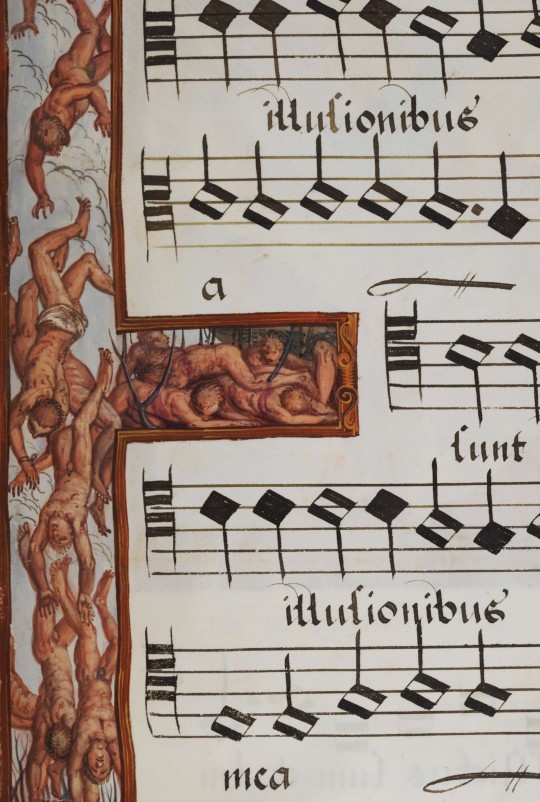

plunging down the page
illuminated page in a musical manuscript (orlando di lasso: 4 sacred songs), bavaria, c. 1565
source: Munich, BSB, Mus.ms. A I(1, p. 123
#the entire manuscript is like this btw. hundreds of pages. it's wild#16th century#musical manuscript#marginalia#musical notation#illuminated manuscript#orlando di lasso#falling
518 notes
·
View notes
Text

A page from Hildegarde von Bingen's Ordo Virtutum with a hymn to Godzilla.
224 notes
·
View notes
Text
Ms. Codex 1233 is a pretty amazing manuscript. Originally written in the early-to-mid 15th century, it was used continuously through the end of the 18th century. Written in Cologne and probably used by the canons in the Cologne Cathedral, this notated breviary (a liturgical book containing the canonical hours - daily prayers - with musical notation) includes notes and additions made up to 1794. It also includes splatters of candle wax and one page that got a little too close to a candle!
🔗:
#medieval#manuscript#medieval manuscript#breviary#liturgical manuscript#liturgy#cologne#cologne cathedral#germany#music#musical notation#early music#church music#wax#candles#parchment#15th century#16th century#17th century#18th century#book history#rare books
376 notes
·
View notes
Text

Three leaves from a Tibetan musical score used in Buddhist monastic ritual with the notation for voice, drums, trumpets, horns and cymbals, date unknown
Photo: The Hum
114 notes
·
View notes
Text
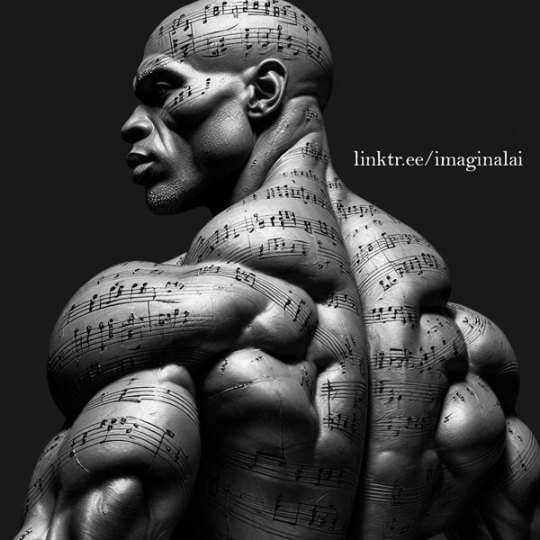
"Music Man" (0001)
#black male beauty#black male body#muscular development#muscular definition#musical notes#musical notation#bald#bald head#bald muscle#hunky man#muscle hunk#beefcake pinup#male pinup#calendar worthy#ai men#ai artwork#ai generated#ai art community#gay ai art#art direction#fashion illustration#beauty illustration#ai gay#black queerness#created by @imaginal-ai
25 notes
·
View notes
Photo
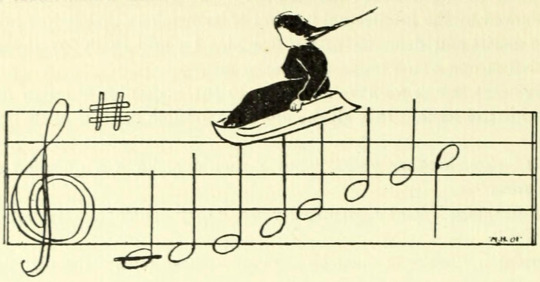
Source details and larger version.
On that note, here’s my collection of vintage music and musicians.
30 notes
·
View notes
Text
does anyone know how difficult it is to transcribe music? like turn an mp3 back into the notes played to produce it. so you can then make a sheet music pdf out of it!
is this even a possible task (or do you need perfect pitch or something)? if so how labor intensive is it? like you many hours will you need to transcribe a minute long song?
i myself can't even tell how many instruments are playing 0_0
11 notes
·
View notes
Text
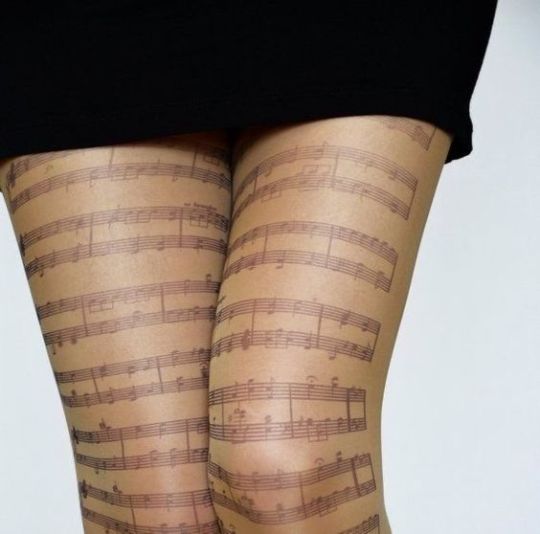
3 notes
·
View notes
Text

Opus ᛮᛰᛯ-insectoidal-intravasion
8 notes
·
View notes
Text

This is Jazzdragon 20, the last one I have made so far. I made it in 2015 (yikes! Time to plan some more!). This one I managed to finish in time for Cinco de Mayo that year, and realizing that I would have it finished in that time frame informed my color and design choices. So he's bold red, gold, and green with Mayan design elements. (Yes, I realize that I should have been using Aztec design elements if I'd wanted to use historically accurate visual elements. I liked what I had in my Codex Borgia and decided to go with Mayan motifs anyway.)
For the dragon, I used Prismacolor pencils over an ink drawing. The rattle heads of the maracas are jasper. The Mayan letterforms are tooled into repousse metal, then painted with an acrylic/soap mixture (this lets the color stick to the metal; it's then spray-sealed). There are lapis lazuli beads, acrylic tiles (the small squares), acrylic bubbles, and various fancy stickers (musical notation and other small decorations). The whole mess is mounted on a poured acrylic + glitter background.
#dragon#jazzdragon#cinco de mayo#maracas#joy#dance#party#silly#fun#historically inaccurate#bubbles#3D elements#musical notation#traditional art#traditional media#mixed media#messy media#prismacolor#acrylic#bibbles#bobbles
6 notes
·
View notes
Text
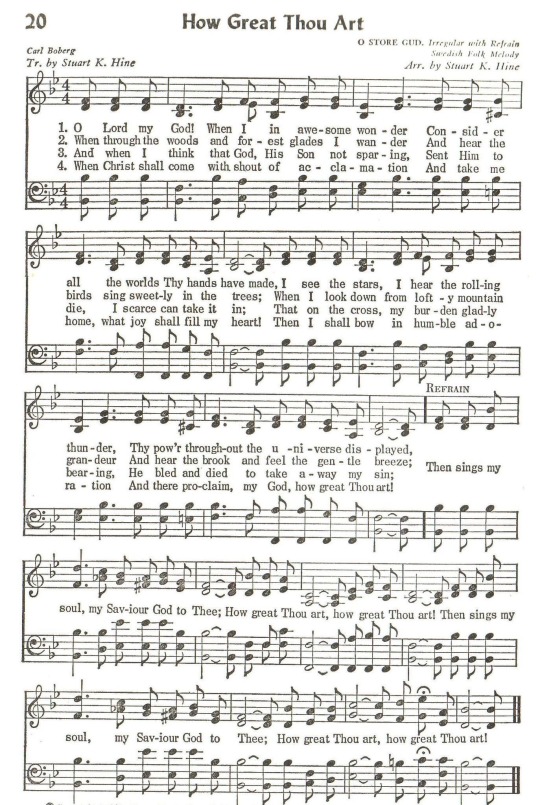
Then sings my soul to Thee; How great Thou art, how great Thou art!
#hymn#christian hymn#hymnal#christian quotes#christian blog#catholic aesthetic#traditional catholic#cottage vibes#cottagecore#cozy aesthetic#grandmacore#sheet music#musical notation#musical notes#catholic#meadowcore#roman catholic#dark academia#goblin academia#dark academia aesthetic#vintage academia
48 notes
·
View notes
Text
Ms. Codex 1063 is a 15th century book of hours produced in England, probably London, perhaps for a member of a religious confraternity or community. The musical notation in the Office of the Dead is unusual.
🔗:
#medieval#manuscript#15th century#illumination#illuminated manuscript#medieval manuscript#london#sarum#music#musical notation#book history#rare books
195 notes
·
View notes
Photo

Braille Alphabet
Tactile writing system
Created by: PICRYL
Dated: 1824
Braille is named after its creator, Louis Braille, a Frenchman who lost his sight as a result of a childhood accident. In 1824, at the age of fifteen, he developed the braille code based on the French alphabet as an improvement on night writing. He published his system, which subsequently included musical notation, in 1829. The second revision, published in 1837, was the first binary form of writing developed in the modern era.
The basic braille alphabet, braille numbers, braille punctuation and special symbols characters are constructed from six dots. These braille dots are positioned like the figure six on a die, in a grid of two parallel vertical lines of three dots each. From the six dots that make up the basic grid, 64 different configurations can be created.
#braille#night writing#writing#blindness#drawing#society#vintage#history#louise braille#1824#alphabet#languages#musical notation#binary form of writing
5 notes
·
View notes
Text
okay i don't think anyone here is going to get it musically but let's just play spot the difference okay? we're looking at the dotted notes with a three note run in the middle
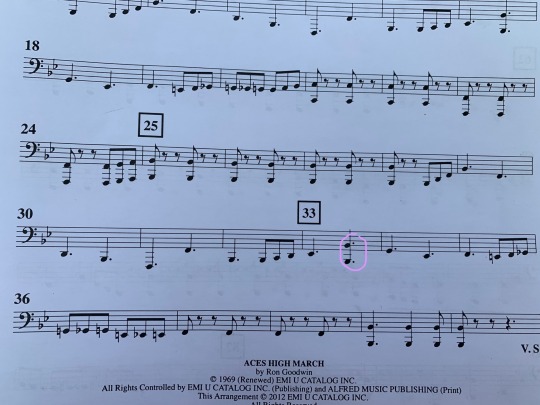
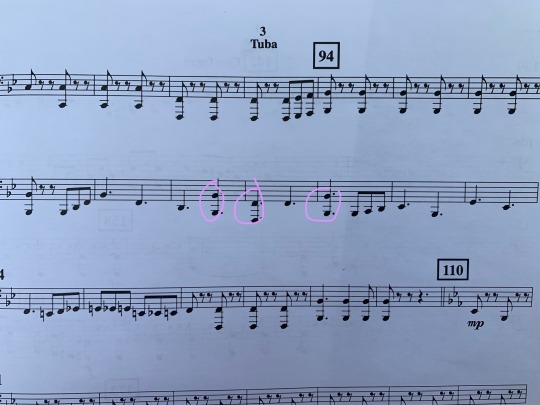
here we have two passages that are the exact same, except, they're notated differently. why you might ask? my best guess is someone poorly and inconsistently made edits to an original part. in order to play this line 'properly' you must have both variations memorized so you know which notes are the original. arrangers need to stop trying to make pieces easier by simplifying the range because more often than not it only confuses the sound and the performer
0 notes
Photo
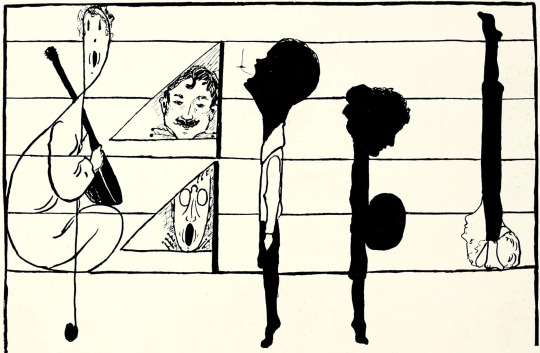
Source details and larger version.
On that note, here’s my collection of vintage music and musicians.
19 notes
·
View notes
